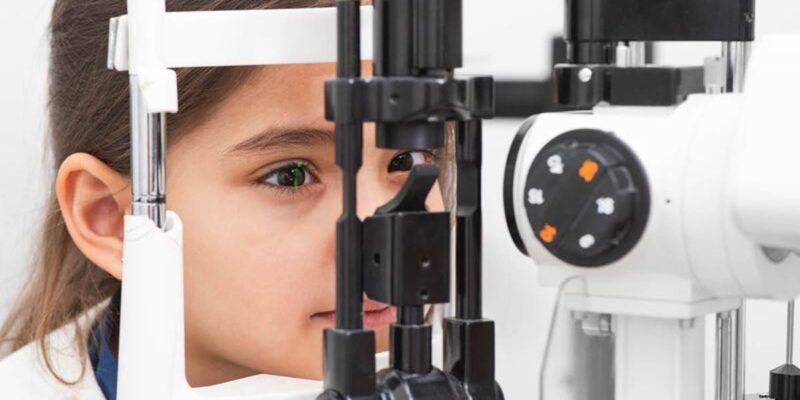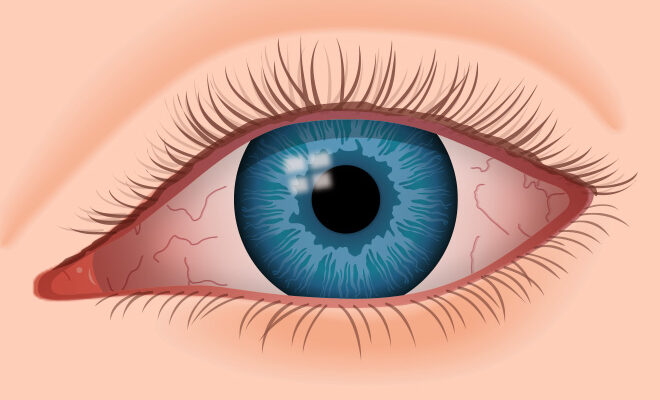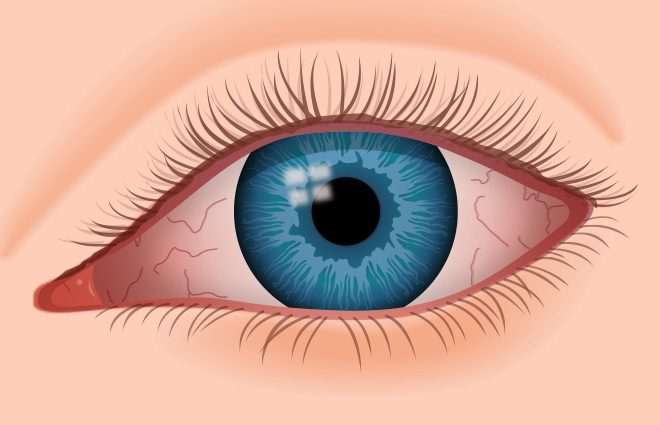- Preschool-aged children should have an annual vision screening for early identification of vision disorders.
- The screening should consist of near and distance visual acuity testing and stereopsis.
- Perspective from Jacquie M. Bowen, OD American Optometric Association
Children between the ages of 3 and 6 years old should undergo vision screening at least once a year, according to new recommendations published in Optometry and Vision Science.
The recommendations for vision screening in preschool-aged children are an update to those previously published in 2015 by the National Center for Children’s Vision and Eye Health (NCCVEH) at Prevent Blindness.
“We are concerned that one screening during the preschool years is insufficient because vision changes throughout childhood, and we want to ensure children are ready to learn and succeed in school,” Donna Fishman, director of the NCCVEH, told Healio in a statement. “Early identification and treatment of vision disorders can help ensure that preschool-age children achieve their best possible vision for future success.”
The recommendations were developed by an advisory committee consisting of experts in optometry, ophthalmology, pediatrics, public health and education, as well as family representatives. According to the recommendations, the annual screening should consist of:
- observation for signs of eye problems.
- monocular full threshold or critical line distance visual acuity testing.
- binocular critical line near visual acuity testing; and
- stereopsis screening.
Stereopsis screening, which could identify strabismus and other eye misalignments, was a “supplemental” part of the 2015 recommendations but has been upgraded to a “core component,” Fishman said. Near visual acuity screening is also a new addition to the 2025 recommendations.
“Near visual acuity screening for preschool-age children is important for assessing how well they see for tasks requiring close focus, such as looking at books or performing other early educational activities,” Fishman said.
For both near and distance visual acuity, the recommended criteria for passing vision screening are:
- 20/50 or better for 3-year-old children.
- 20/40 or better for 4-year-old children; and
- 20/32 or better for children aged 5 years and older.
A comprehensive eye exam is the next step for children who fail the vision screening as well as those with recognizable eye abnormalities, family history of eye conditions, disorders with known eye complications or various other criteria.
“Untestable” children should be rescreened no later than 2 weeks after the initial screening, according to the recommendations — a shorter timeline than the maximum 6-month rescreening window recommended in 2015.
“This recommendation is important because research shows that children who are untestable during a vision screening are at least twice as likely to have a vision disorder than those children who passed vision screening,” Fishman said.
The recommendations outline several tips to help “close the gap” and ensure referrals for comprehensive eye exams are acted on. These include educating parents, caregivers and teachers; working around families’ socioeconomic barriers; systematically tracking the referral process; and standardizing training programs for vision screening personnel.
According to Prevent Blindness, preschool vision screening is currently required in public schools in 33 U.S. states and Washington, D.C. However, a lack of standardization can lead to inequitable eye health outcomes, the group said.
“Vision screening methods, the frequency of screenings required during the preschool years, data collection and follow-up processes vary among states,” Prevent Blindness said. “These updated recommendations, resources and the technical assistance offered by the NCCVEH ensure that children do not fall through the cracks and receive follow-up eye care and treatment, such as prescription eyeglasses.
“There are several reasons families are not able to access eye care for their children, including lack of insurance coverage, financial instability [or] poor access to a local provider,” Fishman continued. “Strengthening systems of care will reduce the most common barriers that families face to getting the care their child needs.
“We also need to remember that it is difficult for parents and guardians to know if their children cannot see. Vision screening is an effective tool for identifying children most at risk of vision disorders. Prevent Blindness helps vision screening programs overcome the barriers to eye care to ensure children receive needed eye examinations and treatment.”
For more information:
Prevent Blindnesscan be reached at info@preventblindness.org or X: @PBA_savingsight.






 Dry Eye is a common disease that affects millions of Americans every year. It happens when your eyes don’t make enough healthy tears to stay lubricated. This can make you feel uncomfortable and can lead to vision problems.
Dry Eye is a common disease that affects millions of Americans every year. It happens when your eyes don’t make enough healthy tears to stay lubricated. This can make you feel uncomfortable and can lead to vision problems.
 This August, observe National Eye Exam Month by learning about ways to keep your vision clear and healthy. As we age, getting a baseline eye exam can detect early signs of disease or damage to your eyes. Ophthalmologists recommend periodic eye exams every 2-4 years from the ages of 40 to 65, and every 1-2 years after the age of 65. While most symptoms are often disregarded, getting a simple checkup and following a doctor’s orders can greatly lower risks of more severe and future damage, and you can continue to enjoy healthy vision.
This August, observe National Eye Exam Month by learning about ways to keep your vision clear and healthy. As we age, getting a baseline eye exam can detect early signs of disease or damage to your eyes. Ophthalmologists recommend periodic eye exams every 2-4 years from the ages of 40 to 65, and every 1-2 years after the age of 65. While most symptoms are often disregarded, getting a simple checkup and following a doctor’s orders can greatly lower risks of more severe and future damage, and you can continue to enjoy healthy vision. Risk factors are typically:
Risk factors are typically:
